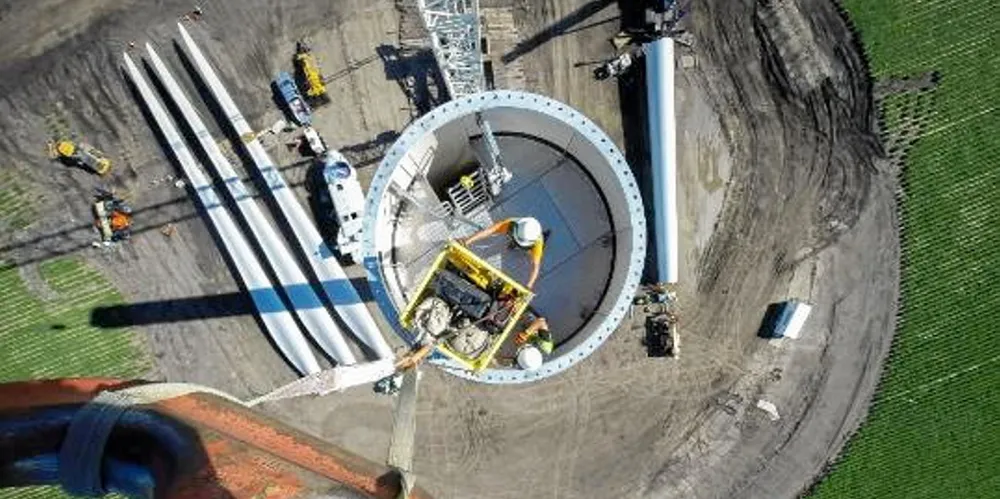Xcel smashes through 10GW barrier in red-hot US wind market
Developer installs 2.2GW in 2020 despite pandemic as it completes some of nation's largest projects

Xcel Energy’s installed wind capacity surged past the 10GW milestone at the end of last year, as the US utility group completed several of the industry’s largest projects despite Covid-related supply chain disruptions.
Minneapolis-based Xcel said it now has more wind energy capacity on its electrical grid spanning Colorado, several states in the Midwest, New Mexico, and Texas than all countries in the western hemisphere except Brazil, Canada, and the US.
Xcel in 2020 added more than 2.2GW of capacity including about 1.4GW of company-owned projects including the 522MW Sagamore Wind in New Mexico and 500MW Cheyenne Ridge in Colorado. The balance was contracted from third-party wind farms.
The company claims to be the first major US power provider to announce a commitment to reducing carbon emissions by 80% by 2030 (from 2005 levels) and is more than halfway to meeting that goal.
“The new wind projects we’ve added will save customers money in the coming decades, are among the most cost-effective energy sources on our grid and are integral to our groundbreaking vision to deliver 100% carbon-free electricity to our customers by 2050,” said Xcel CEO Ben Fowke.
Like other large wind project developers, Xcel has been able to avoid or minimise Covid-related disruptions. The company is a major customer for Vestas which provides most turbines for its projects and multi-year, multi-project supply deals are the norm. Similar arrangements are in place with service suppliers.
Access to capital
Xcel’s access to capital is another major advantage. It is among the first project developers to get first allocations on tax equity financing whose availability has been a problem for smaller players. Xcel’s strong balance sheet also provides ready access to the debt market.
Over the last five years, Xcel has run neck-and-neck with Warren Buffett’s Berkshire Hathaway Energy (BHE) for having the most wind energy on their systems among US regulated utilities. BHE has not updated its numbers to include last year but had 8.7GW at the end of 2019.
Both utility groups heavily use federal tax credits that help them to install wind power capacity at a price cheaper than the fuel its customers would have paid for if not replaced by turbines. In most cases that signifies natural gas, but also coal.
Congress in December renewed the wind production tax credit at 60% value through this year ($15/MWh for electricity sent to the grid in a project’s first decade of operation). Projects must enter full service within four years to qualify for the incentive.
Democrats which control both houses of Congress want to extend the PTC at present value through 2026, a move the industry believes that President Joe Biden would support.
The US last year set a new annual record of 16.9GW of installations, amid robust demand for cost-competitive renewable energy from corporate and residential customers.
The cost of wind power continues to decline, in part because of greater energy generation per turbine as OEMs increase rotor diameters and resulting capital cost savings as wind farms employ fewer turbines and cut balance of system costs.
Other drivers of levelised cost of energy reductions will be ongoing declines in operations and maintenance costs, with use of advanced analytics and fewer turbines to service in areas of the country that allow installation of machines 3MW and larger.
(Copyright)